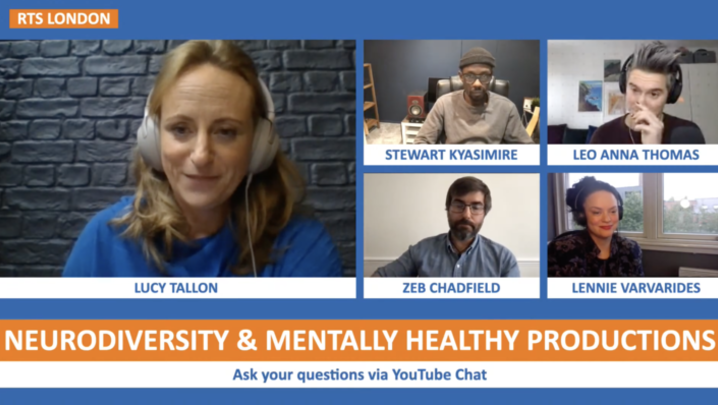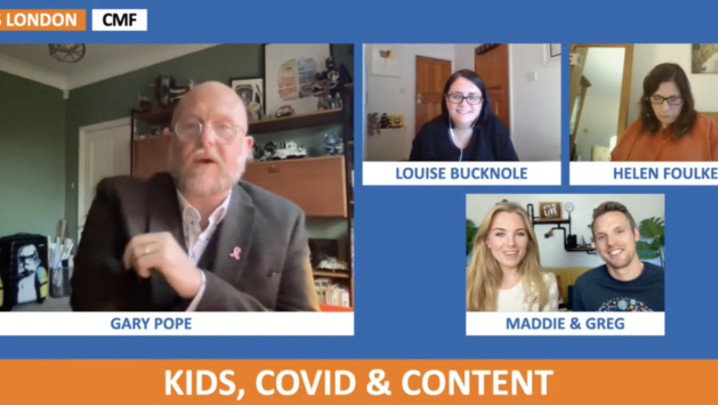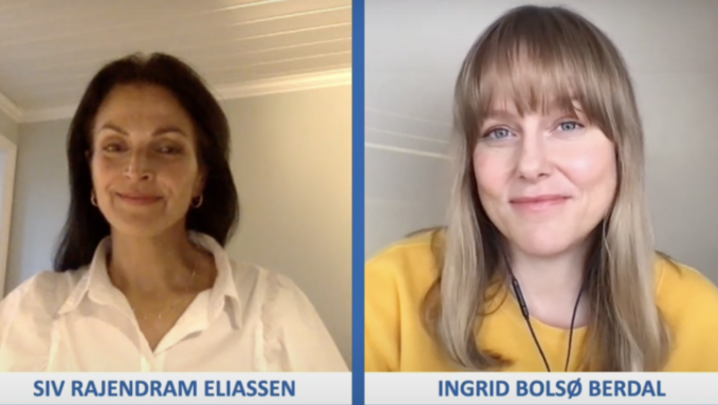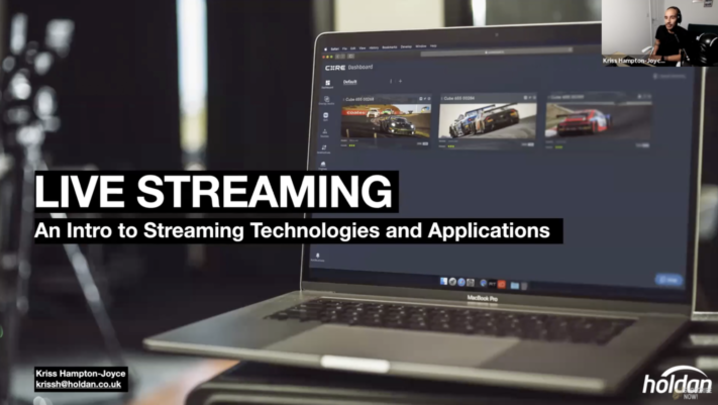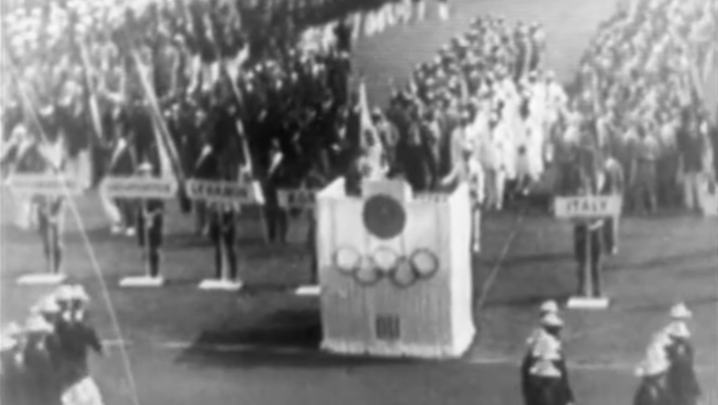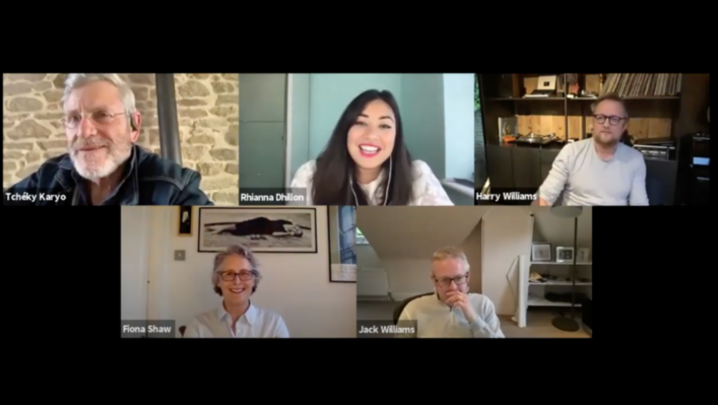Stunts, unit PR and social media campaigns were the subjects under discussion at an RTS London event in early March at ITV London Studios.
Chaired by Trevor Morris, Professor of Public Relations at Richmond University and former CEO of Chime Public Relations, the event showcased the work of three PR experts.
They included Taylor Herring managing partner James Herring, who admitted that public relations cannot work miracles in television: “The product needs to be great – if you’ve got a terrible TV show, you can have the best PR campaign in the world and no one will be there for the second episode.”
“Building a Buzz 2: what makes a good PR campaign?” followed and complemented – a year later almost to the day – another RTS London event, “Building a buzz: what makes a good promo”.
James Herring argued that “the traditional television 30-second advertising spot is becoming less and less relevant”, claiming that 84% of viewers fast forward through TV ads.
The reach of online and social media advertising has also been affected, he added, revealing that 20% of global smartphone users have installed ad-blockers.
To overcome viewers’ resistance to ads, Taylor Herring – which specialises in PR stunts and whose clients include UKTV and Sky – has developed “new rules of engagement” for campaigns, which Taylor summed up as “entertain or die”.
Barriers need to be broken down, he argued: “You have to stop thinking about channels or Facebook and Twitter campaigns, come up with a brilliant idea and work out the best way of making it work.
“A YouTube clip can become a talking point on a primetime TV show. A Tweet can prompt an entire newspaper debate, which will then be talked about on drivetime radio shows.”
"We can’t take it for granted that these people are going to come back every year. So, we need to refresh our campaigns."
Herring discussed some of the TV stunts his agency has pulled off. For Sky Atlantic’s Game of Thrones, these included installing a massive dragon skull on a Dorset beach and capturing the reactions of passers by, and dressing up pug dogs as characters from the fantasy series.
To launch the same broadcaster’s Arctic crime drama, Fortitude, it unleashed a brilliantly realised animated polar bear on to the streets of London. The stunt garnered huge publicity for the programme, including coverage in eight national newspapers and 30 million Twitter impressions in the UK.
Alice Bruce, head of television at Premier, managed the unit PR for BBC One’s Death in Paradise, a joint UK-French production filmed on the Caribbean island of Guadeloupe. At the RTS London event, she explained how the agency promoted the launch of the seventh series earlier this year.
“Lots of people watch Death in Paradise; however, we can’t take it for granted that these people are going to come back every year. So, we need to refresh our campaigns,” she explained.
This year, Ardal O’Hanlon replaced Kris Marshall in the lead role of the crime drama, which attracts around 8 million viewers every week. “We needed to get people to invest in Ardal’s character. The show is very much built around the central character who solves odd murders every week – it’s similar to Midsomer Murders,” continued Bruce.
Death in Paradise, which starts its run each year in early January, is promoted as the “perfect holiday hangover”. As well as interviews with the cast and guests stars – this year the latter include Simon Callow and Car Share’s Sian Gibson – the unit publicity for the show extended to working with the island’s tourist board to promote travel features about Guadeloupe, which, of course, also plug the telly show.
“The main thing is to maintain viewing figures throughout the entire eight-episode run – if we don’t get good viewing figures, we don’t get the next series,” said Bruce.
Goodstuff planning partner Paul Gayfer discussed the social media campaign, which used Facebook, Twitter and Instagram, to publicise the return of relationship comedy-drama Cold Feet to ITV in September 2016.
“Nostalgia and reunions” were the key themes of a campaign that sought to appeal to the show’s fans and find new viewers for a series that originally ran from 1997 to 2003 and starred, among others, James Nesbitt, Fay Ripley and John Thomson.
“We built a strategy, which played out over time, around the emotions of getting the gang back together,” explained Gayfer. “The perfect fit for us was Facebook: it’s the home of reunions, pulling together millions of [people] every year.”
“Building a Buzz 2: what makes a good PR campaign?” was produced by Damien Ashton-Wellman


